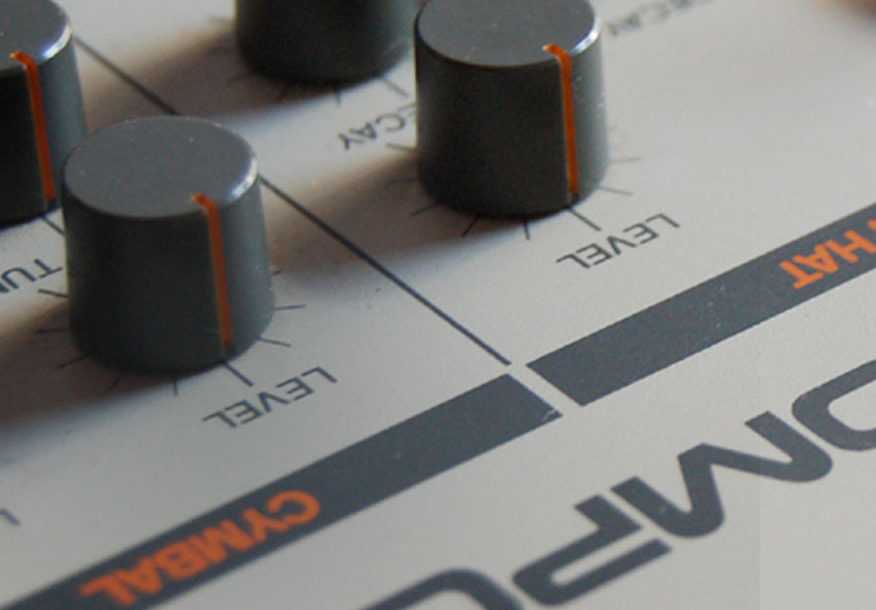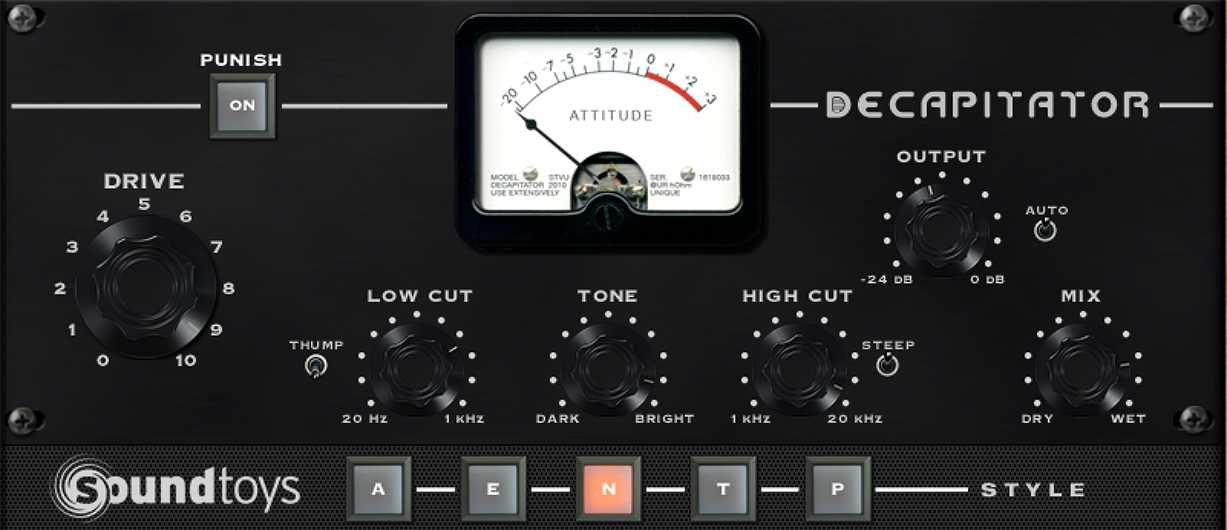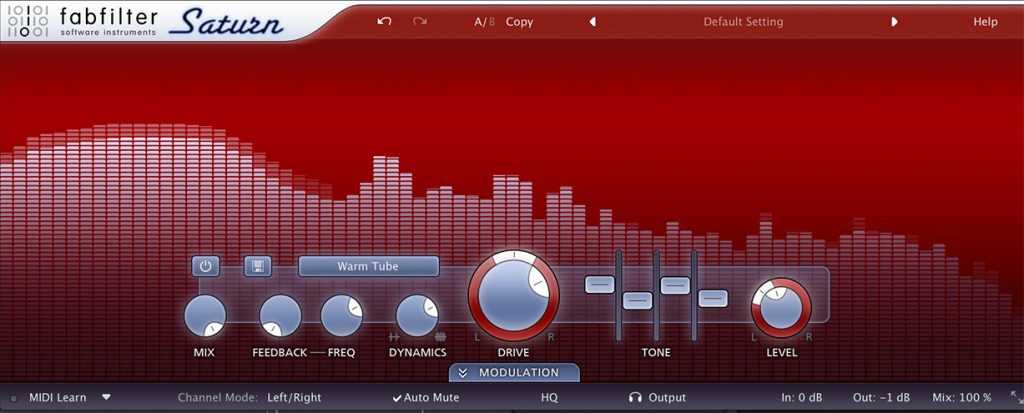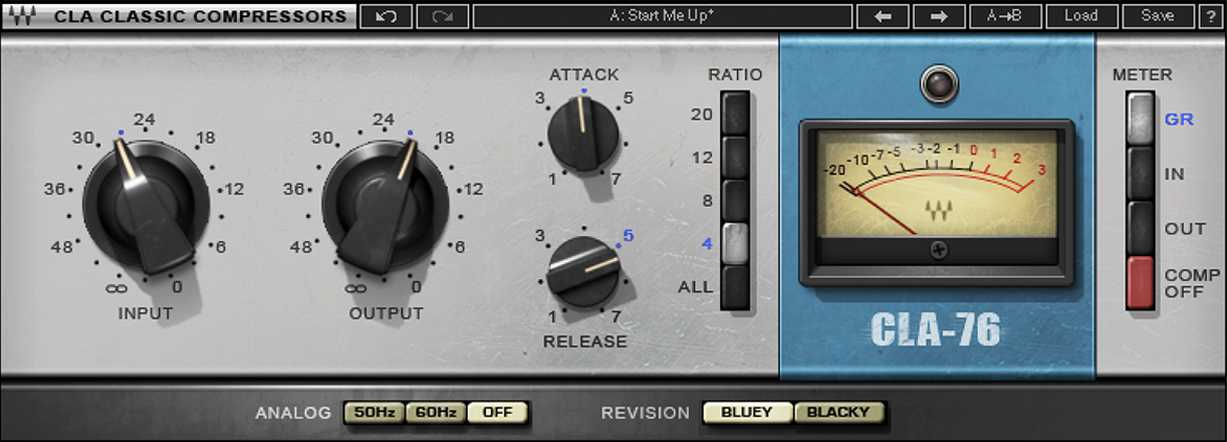Soaked in nostalgia and aural imperfection, the genre offers not only a style, but a message of postmodernist symbolism in a bid to detach itself from commercialistic consumerism.
Characterised by stifled drums, bleeping synths and a dusty saturated nature, Lo-fi is beaming in a rugged and dilapidated sound and in turn it has become the perfect remedy to the spiritless tones of EDM and Pop music.
At the Toolroom Academy we hold a high emphasis on creative individualism, opening our doors to many modern styles of dance music that breathe ingenuity. In today’s article we will be discussing the DIY methods, techniques and processes that are synonymous with the modern production of Lo-fi music.
Let’s be honest, using distortion to mutilate sounds is the perfect therapy, and when it comes to Lo-fi, it’s all about crushing signals in a big way!
Step one at the very top of our list, would be to reach for a distortion plug-in and it has to be the right one – choose one that’s somewhere near the middle to top end on the scale of mayhem. You don’t want one that will completely obliterate the signal but one that will apply some pretty harsh aliasing when pushed to its far-reaching settings.
There’s a whole kaleidoscope of distortion plug-ins on the market that can make bland signals sound pretty cool, but our go-to plug-in, formally known as the “Swiss army knife of harmonic distortion”, is the amazing Soundtoys Decapitator. It provides a way to comprehensively apply distortion with an extensive ability to control the granular levels. Offering an extended selection of Lo-fi approved distortions, subtle thickening effects and to top it off some extreme crunching ability. Though; the icing on the cake for us is undoubtedly the fact that you can choose between any 5 different harmonic styles, all of which are each modelled perfectly to a different analogue piece of hardware, including 2 versions of our very favourite distortion; the Thermionic Culture Vulture. Check it out!
In order for a mix to sound full and weighty, a few cleverly placed EQ cuts are often an unavoidable measure, but when applying the unruly rules of Lo-fi to your mix, it’s completely fine for some parts to crossover in the stereo space. Allowing for those two components to come together in such a way won’t always provide the fattest sound, but it will certainly offer something that’s archetypal for the Lo-fi sound you’re going for. It sounds crazy but it is a thing; the trick is to listen to how the elements create a groove, rather than how pure or clear they sound together.
Another fun EQ trick is to give some extra low-end to an element that doesn’t usually have dominance in the lower frequencies of a mix e.g. claps, snares or even vocals, rather than the bass or kick.
The obvious EQ selection for us would be FabFilter’s Saturn plug-in – not only has it got tonnes of great Lo-fi capability in the form of crunchy tubes, bit-crushing and everything in between, it also offers a multi-band feature that makes it a hell of a lot easy to design your sound to suit your perfectionism.
In normal production, compressors are commonly only used for their main purpose which is levelling your sounds and mix, but when it comes to Lo-fi, a compressor on the meatier end of the spectrum could be a strong option for conveying a “messy” dynamic. When used simultaneously with other analogue processes described above like EQ and distortion, a large measure of gain reduction on your compressor will completely transform a rigid sound or groove into something that really pumps in the desired, not-so-clean way.
Compressors we like with such abilities include Waves CLA-76 and Waves SSL G-Master Buss Compressor. Choose the CLA-2a if you’re aiming to provide a little warmth and punch to your mix, otherwise for something less complex, the Waves SSL bus compressor can provide the same extreme gain reduction that adds a little warmth, but without the punch.
Building your records upon resampled sources is another great trick when creating that sought after Lo-fi sound. Resampling old vinyl will naturally lower the fidelity of the sampled content, sometimes picking up some tape hiss and vinyl crackle along the way, other times completely smashing the bit rate of the signal.
Go to your local record shop bargain bin, or even a charity shop to pick up some dusty old records. There’s plenty of natural ‘hiss’ textures that can be lifted from the vinyl, in the empty space outside the grooves… give it a rip and use it to build an atmospheric background to an otherwise empty mix. Once recorded, perhaps give it a little filter and then place it low in the mix.
Another quick way to rough up a clean piece of audio is to run the sound out of your audio interface and into a cheap piece of equipment. There’s plenty of second-hand mixers and low-budget processors that can be bought for tuppence. Perhaps you could consider opting for an old MPC or drum machine from one of the less admired manufacturers – machines like the Boss DR-202 is full of Lo-fi sounds and can be purchased for pennies. Other overlooked machines include the Yamaha VSS-30 or the Casio SK-1/5 which will provide hours of entertainment and great aesthetic.
Commonly used processors such as flanging, phasing and chorus are often considered high quality effects for adding extra dimensions of ‘polish’ to your sounds. However, on many occasions at the extreme end of the spectrum, modulation is used by Lo-fi junkies for a bit of intentional fidelity degradation to give you all those freaky warped tones in real time.
The secret? Ignore all commonly cited mixing techniques you’ve ever learned! Less is more and cheap is always cheery. Keep your effects dark, stripped back and old-school to emulate that dusty analogue flavour. The world of Lo-fi can offer some amazingly creative opportunities and by grabbing a few plug-ins or applying some of these DIY methods above, you’ll be well on your way to re-creating those nostalgic Lo-fidelity vibes that we all know and love.



